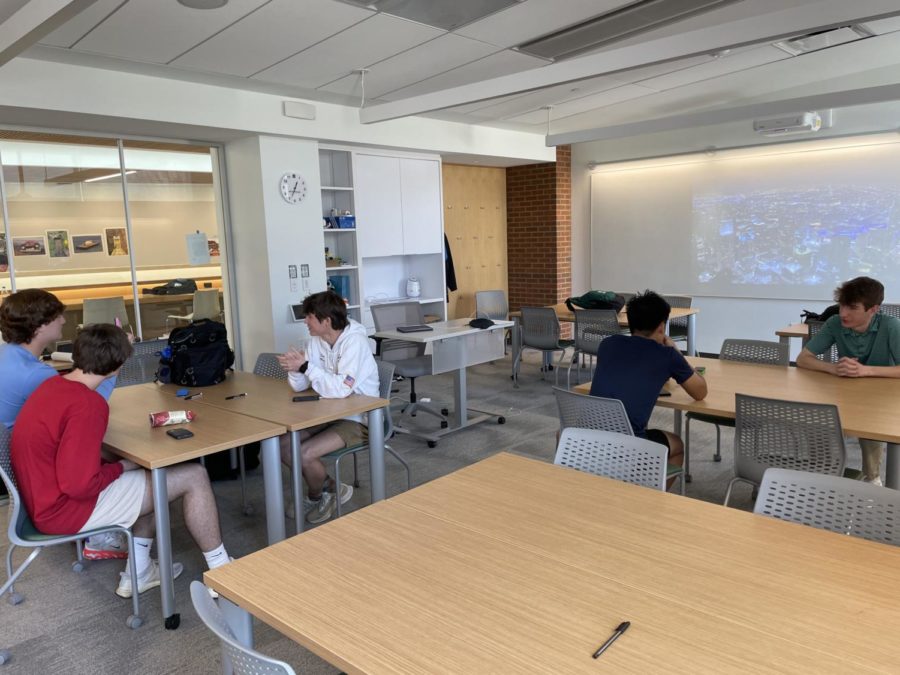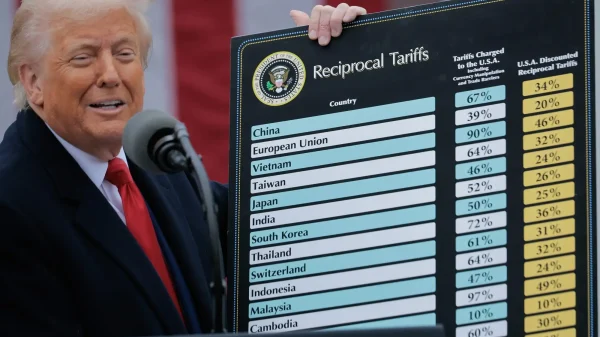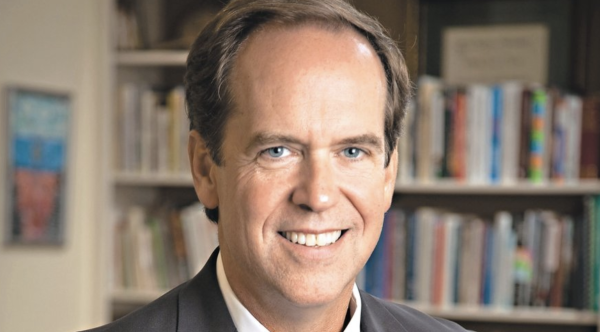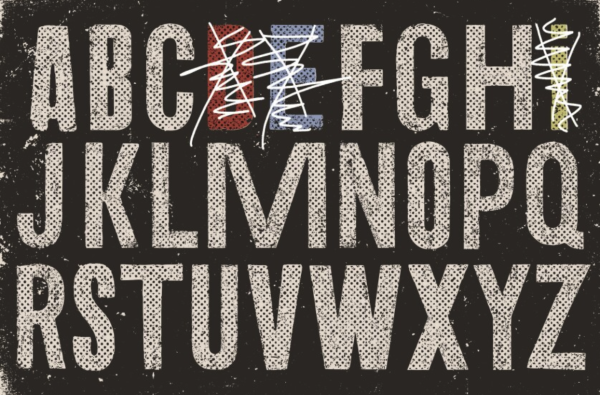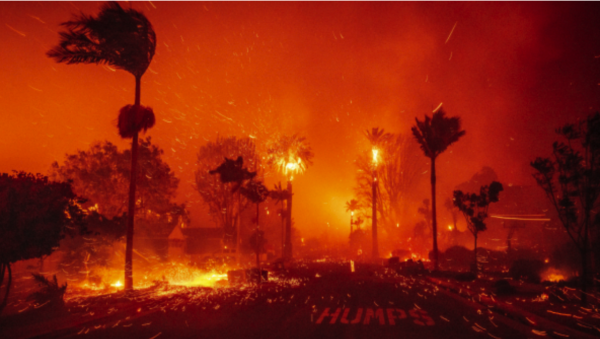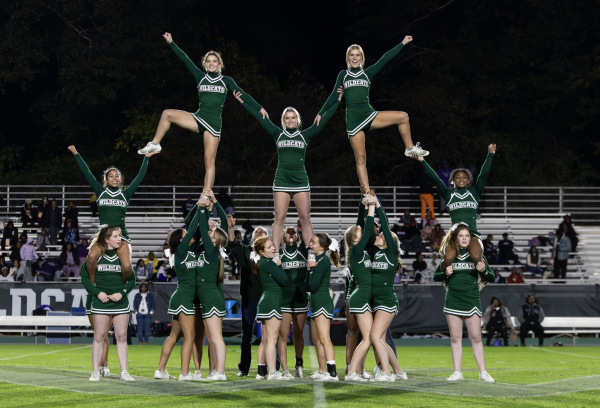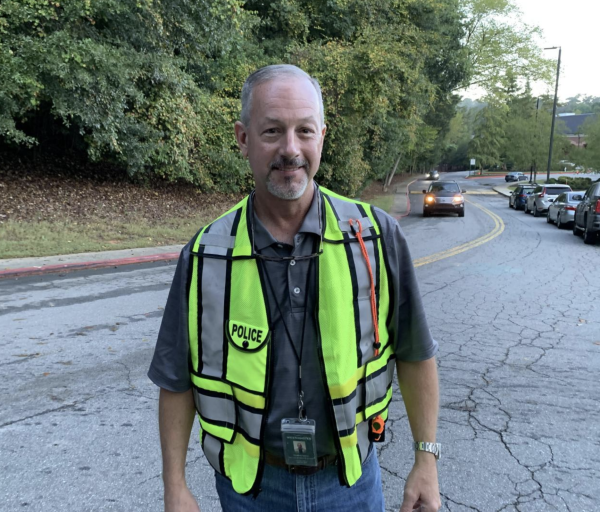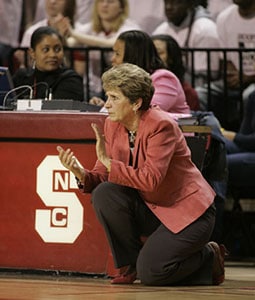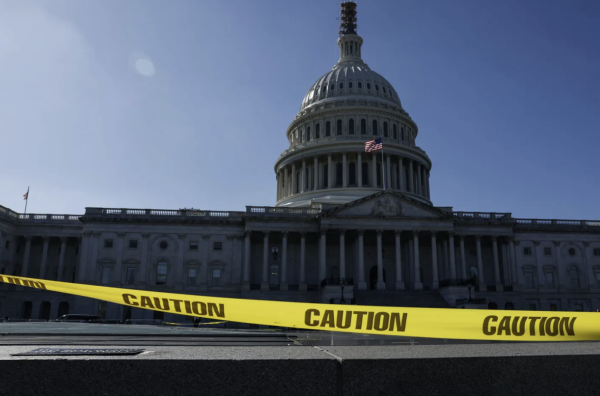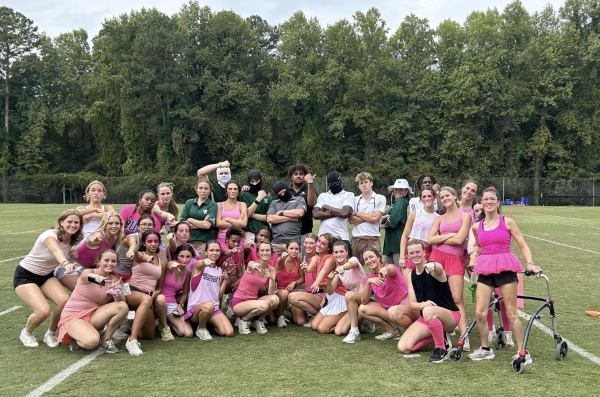Underrepresented courses at Westminster
With over 100 classes in the course catalog–23 of them AP courses–there are many options for a Westminster student to choose from when deciding their class schedule for the upcoming school year. Some are required, and others are electives, but most students only have one or two openings when deciding which electives to take, causing the less popular electives to have low enrollment. Examples include American Politics and Government, History of Civil Rights, City Science, and Sustainability in the Food System, which all have around ten students enrolled per semester.
Knowing this, the administration is deliberate when deciding which classes Westminster will offer to students as options.
“A piece of what drives our graduation requirements is requirements for colleges; we want to make sure that we’ve got the basic framework that sets students up for success,” said head of Upper School Chanley Small. “In terms of adding electives, we want to know where the space in the schedule is, what the teachers’ expertises are, and what students are interested in. We also try to be sensitive about the fact that we want our students to stay in the performing arts because performing arts and visual arts are really important in terms of developing creativity, and sometimes they’re making the choice to exit performing arts to take additional AP classes.”
There is a similar number of STEM electives as compared to humanities electives, with the only difference being the number of sections run per year for each. Despite the administration taking balancing measures when determining course requirements and electives, however, some teachers believe that there is a lack of representation in humanities-based courses.
“Especially if you start six through twelve and look at it, I think, objectively, it would be pretty clear that it’s deemphasized,” said Upper School history department chair Laura Drewicz Ewing. “Every discipline has a unique and important set of skills. For students to be just taking a break from those skills for all of [the] eighth grade, part of ninth grade, and part of tenth grade, it’s definitely to their detriment as developing historians.”
Recently, STEM classes such as AP Environmental Science and AP Statistics, both among the first additional AP classes added, have been rising in popularity as more students choose to take a fourth year of science and math, with each having numerous sections run every year.
“I think Westminster rightfully has been really excited about STEM fields, and I’m really excited for that,” said Drewicz Ewing. “My daughter’s in the Lower School and gets to do design thinking all the time, which is developing some really important problem-solving skills that she can use across all disciplines.”
Nevertheless, some students believe that the course list still has a lot of room for improvement. The notion is that there is a pressure to take more AP classes to build a more impressive college resume, which drives the student body to enroll in more STEM classes.
“Both semesters, my classes have had a small number of students in them. This is more an administrative issue than it is a student one,” said senior Peyton Townsend, who took history electives American Politics and Government and History of Civil Rights. “Individuals who are interested in humanities-based studies are forced to take these in STEM because high school-level courses in the humanities are so slim. People need APs for college admissions. If courses like the ones I’ve taken this year were offered on an AP level, for example, AP Government, there would be a larger number of students who would be interested in taking the courses.”
Others believe it is not the administration that pressures the students to take more STEM electives, like Human Anatomy & Physiology or Neurophysiology & Neuropsychology, but rather interest level and peer pressure.
“I don’t necessarily think the administration puts an emphasis on STEM courses, but it’s become trendy among the student body to take these STEM courses,” said junior Abby Warshauer, who has taken both Neurophysiology & Neuropsychology and History of Civil Rights.
Those who take a performing arts class in their freshman year are in a similar predicament. As freshmen students get the opportunity to enroll in a wider range of courses in sophomore year, many must make a tough decision on whether to continue their performing arts class or take on a different elective, causing a decline in performing arts participation.
“If I could, I would do both, but I stopped attending orchestra this year and took AP Stat instead. There were a lot of factors in deciding, but the main thing is that stat[istics] will help me a lot with my college choices and potential career choices,” said sophomore Andrew Su. “It’s something that I have a big interest in while orchestra was more of a hobby, and in the end, it came out that AP Statistics was just more important. There’s also a big GPA boost for AP classes.”
Faculty of the performing arts department recognize the importance of taking AP classes for many at Westminster that motivates students to drop their arts course after their first year.
“Westminster has a vibrant and exciting and active, unusually active, performing arts program, but I think we can do a lot better. There is a student-teacher-parent community frenzy to accumulate AP classes for college enrollment purposes,” said performing arts department chair Scott Stewart. “I think we would retain a whole bunch more students who would not feel as pressured to load up their schedule with quote-unquote ‘academic things,’ when actually, it would do their mental health a lot more good to stay in the performing arts.”
It is a balancing act for both students as well as teachers and administrators to devise the best plan for scheduling classes. A constant evaluation of course offerings will continue to try to accommodate as many factors as possible.
